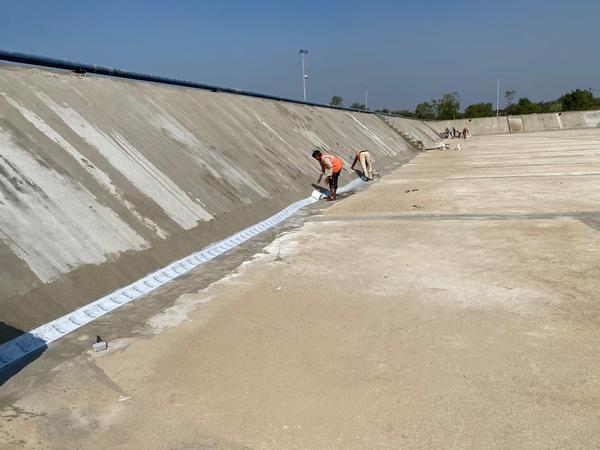
Tunnel grouting, also known as tunnel injection...

Tunnel grouting, also known as tunnel injection, is a construction and maintenance technique used in tunnel engineering to enhance the stability and safety of underground structures, such as tunnels and mines. Grouting involves the injection of a specialized material, often a cementitious mixture or chemical grout, into the ground or the voids within the tunnel structure. The primary purposes of tunnel grouting include: Ground Stabilization: Tunnel grouting can help improve the mechanical properties of the surrounding soil or rock, making it more stable and less prone to settling or collapse. This is especially important in soft or loose soils or in regions with a high water table. Water Ingress Control: Grouting can be used to prevent or reduce water infiltration into the tunnel. This is crucial to maintain the dryness of the tunnel, protect structural integrity, and prevent erosion or corrosion of tunnel linings. Settlement Control: Grouting can help mitigate settlements or subsidence of the ground above the tunnel, ensuring that surface structures (such as buildings and roads) remain undisturbed. Filling Voids: Grouting is used to fill voids or cavities that may have formed within the tunnel structure or in the surrounding ground, which can compromise tunnel stability. Sealing Cracks: It is also used to seal and repair cracks or fissures in the tunnel lining, preventing further deterioration and water ingress. The grouting process typically involves drilling boreholes into the ground or tunnel structure, injecting the grout material under pressure, and monitoring the response to ensure the desired outcomes are achieved. The specific grouting materials and techniques used depend on the geological conditions, the type of tunnel, and the goals of the grouting operation. Common grout materials include cement-based grouts, chemical grouts, and microfine cement grouts.
Keywords
Subscribe for latest offers & updates
We hate spam too.


